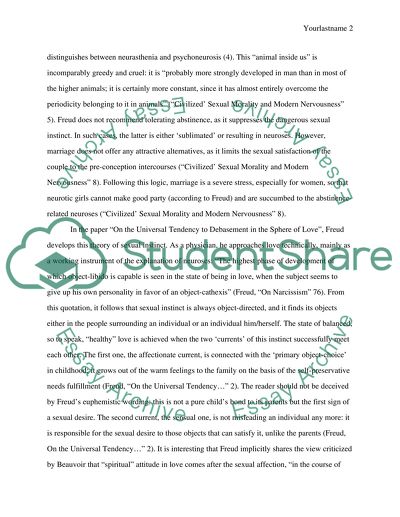Cite this document
(“The Essential Characteristics of Loving Assignment”, n.d.)
Retrieved from https://studentshare.org/philosophy/1459988-the-essential-characteristics-of-loving
Retrieved from https://studentshare.org/philosophy/1459988-the-essential-characteristics-of-loving
(The Essential Characteristics of Loving Assignment)
https://studentshare.org/philosophy/1459988-the-essential-characteristics-of-loving.
https://studentshare.org/philosophy/1459988-the-essential-characteristics-of-loving.
“The Essential Characteristics of Loving Assignment”, n.d. https://studentshare.org/philosophy/1459988-the-essential-characteristics-of-loving.


